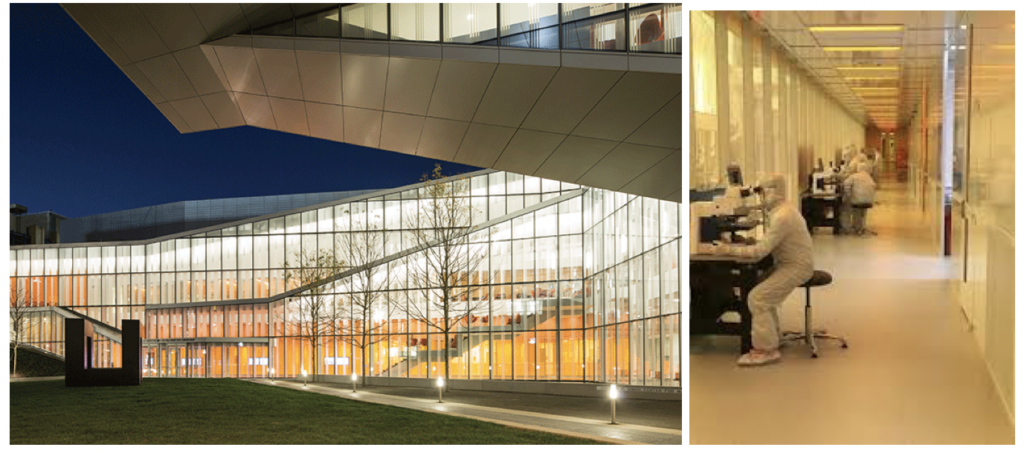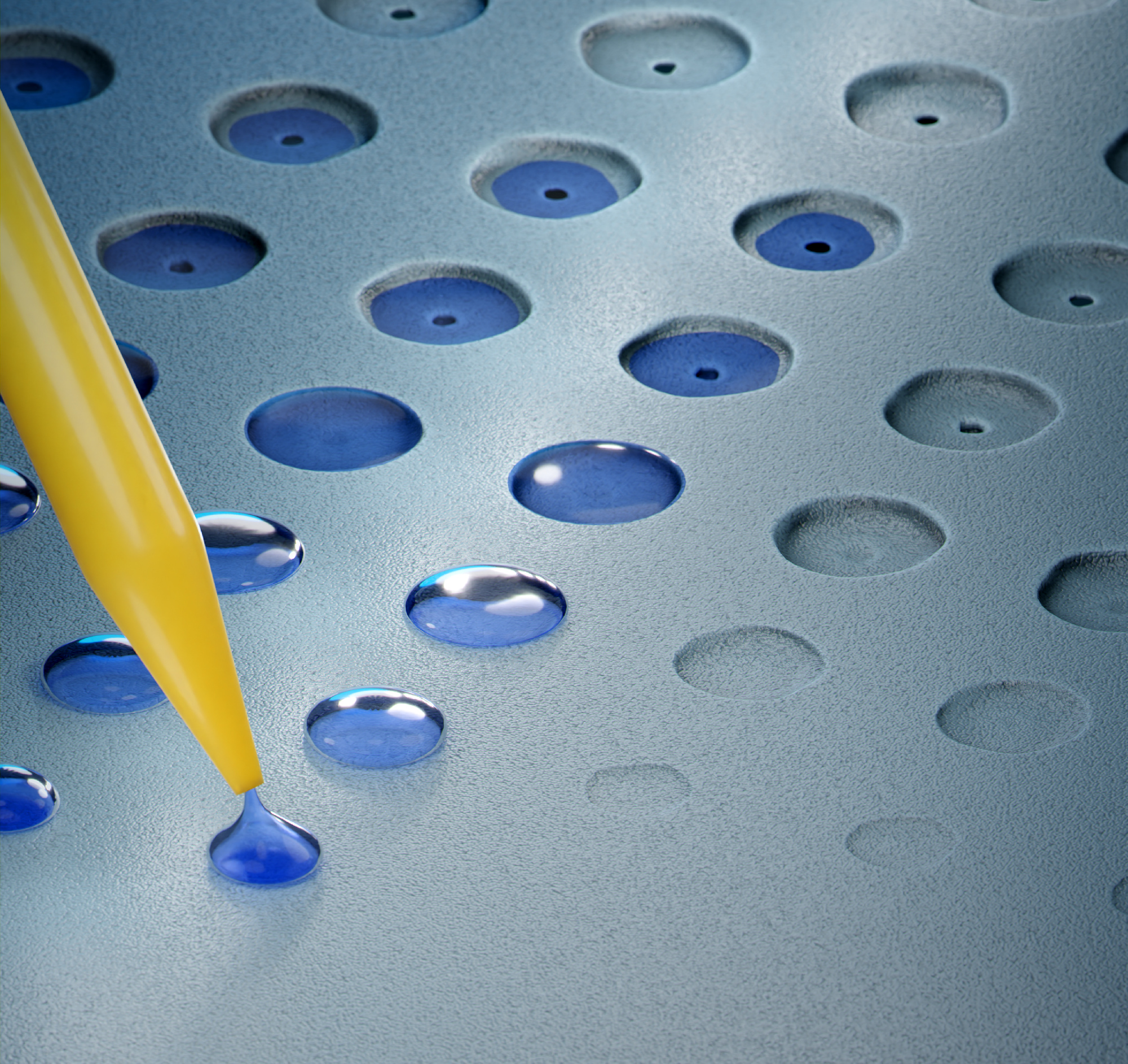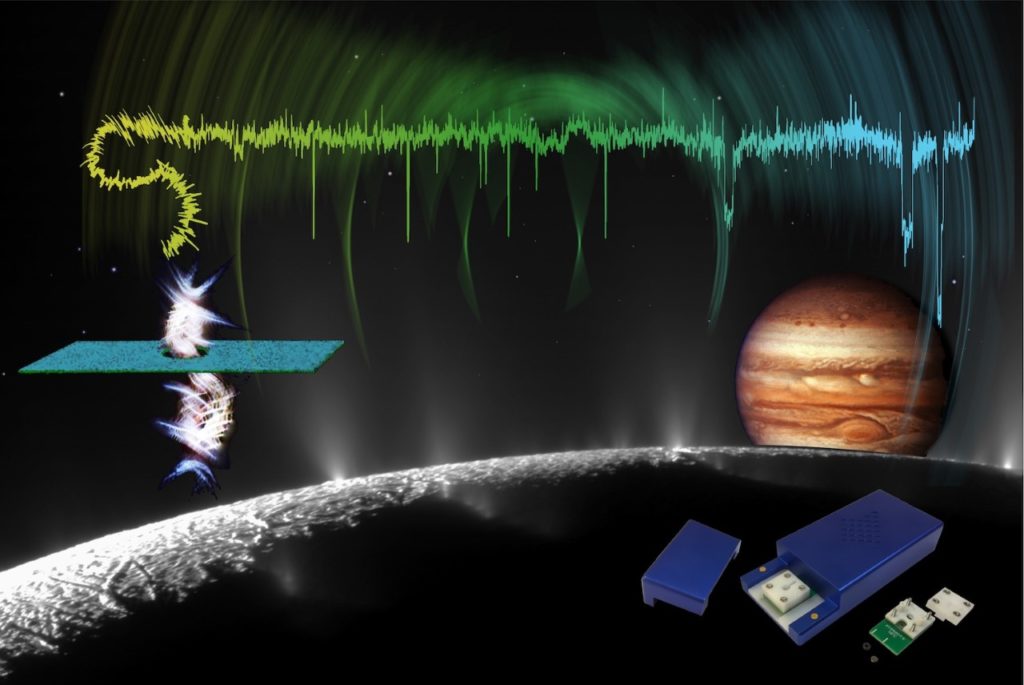
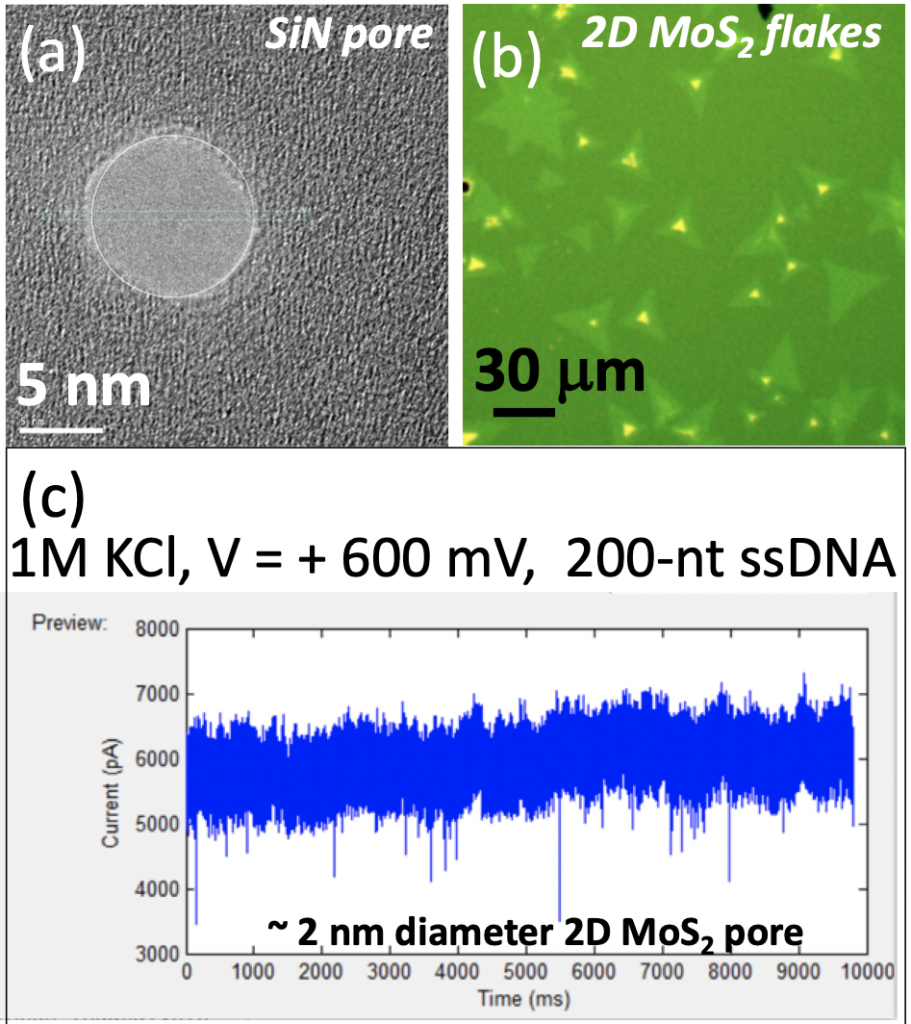
This is Goeppert’s page dedicated to Nanopore Sensor Applications, Water Monitoring, Energy Storage, Quantum metrology, Atomic Chips and other projects focused on applying the recent fundamental physics discoveries such as cold atomic gases (Bose Einstein Condensates) on a chip. The other address for the page is http://www.gppert.com.
Goeppert direction today is led by our Senior Scientists: Dr. David Niedzwiecki, Dr. Zehui Xia and Dr. Brian DiPaolo.
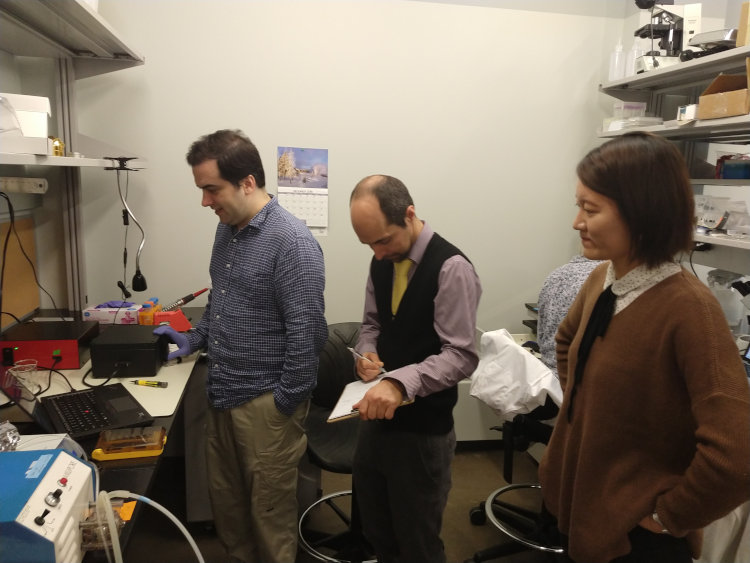
Here is a recent interview with David. https://www.pennovation.upenn.edu/news/meet-innovator-david-niedzwiecki-sr-scientist-goeppert
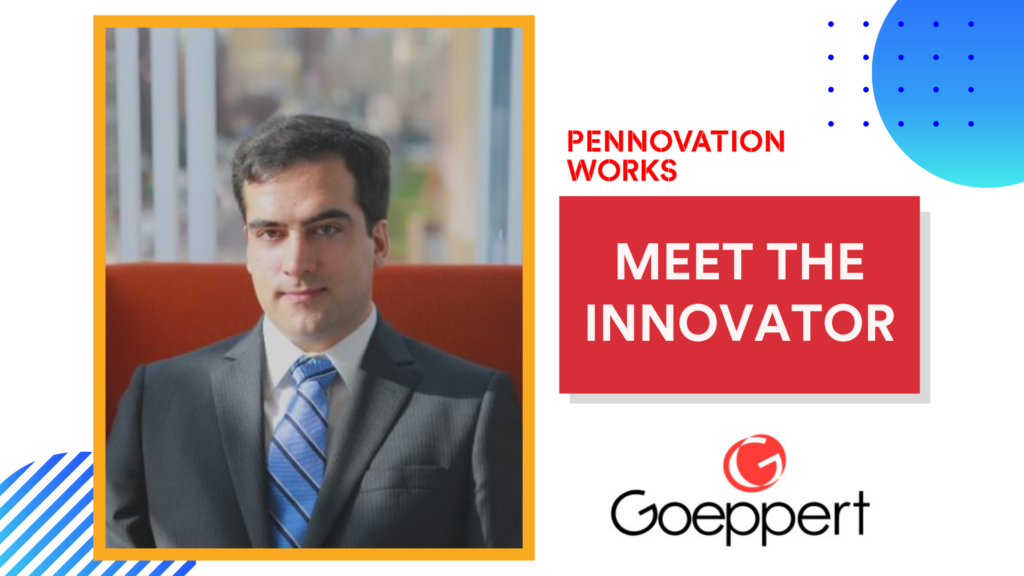
Senior Scientist. I am the principal investigator for Goeppert’s SBIR grants from NASA and the NIH. I have been at Goeppert since its founding.
A few more facts about David:
What motivates you to do what you do? What keeps you going? Curiosity is my most consistent motivator, but to keep going I use whatever I can: ambition, social pressure, coffee…
What’s a piece of advice you got that stayed with you?
You need Knowledge, Resources, and Time to succeed. You can use knowledge to gain resources. You can use your resources to hire knowledge. You can spend your time gaining both knowledge and resources. But you never get more time, so use it wisely.
What is your favorite thing to do in your free time?
Since COVID started I’ve been playing a lot more piano.
Few fast about Zehui:
One of Zehui’s projects is her work developing a flight-ready “nanopore” water monitoring procedure. The goal is to provide a fast, simple and reliable way of identifying inorganics and organics present in the water systems aboard the International Space Station.
Zehui has been working in research and development at Geoppert since 2019, when she received her Ph.D. from University of Massachusetts Amherst. Her research will ultimately lead to a “portable mini-lab that will identify and remove contaminants down to the molecular level, and which can endure the shock and vibration of sub-orbital flight”. The technology could potentially be used on future manned missions to the moon and Mars.
The water molecules technique is important to ensure the health of crew in space, and make sure they are safe on their journey back to Earth, Zehui told Technical.ly. The technology for the nanopore water monitoring procedure is small and requires less expertise.
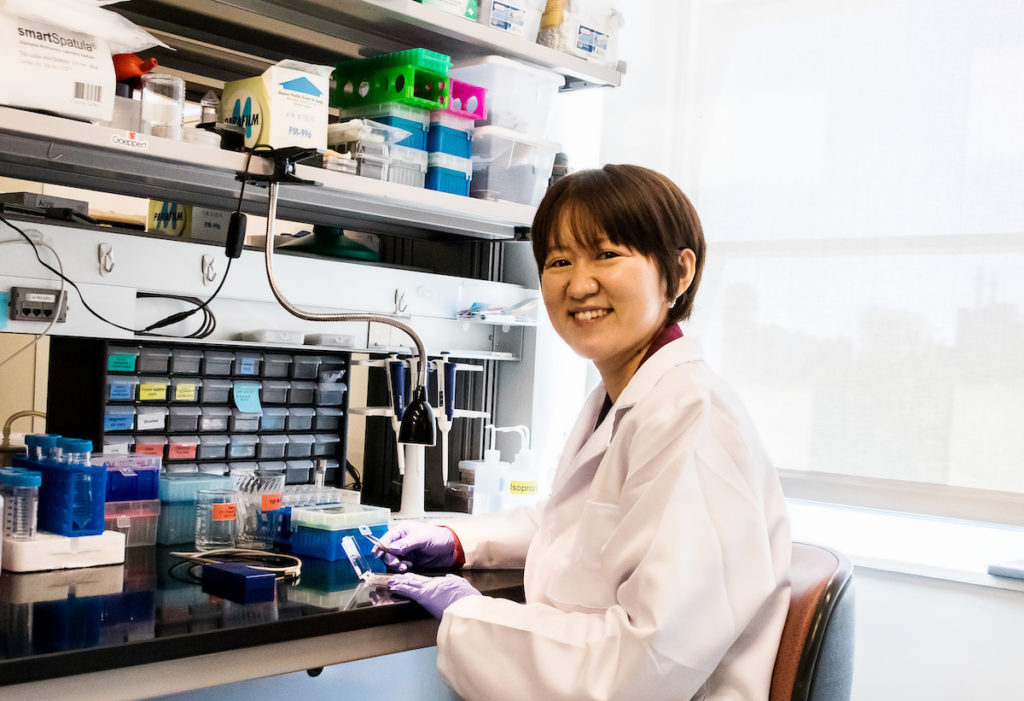
Goeppert LLC was founded by Physics Professor Marija Drndic in 2017, and from then on it has branched out. Prof. Drndic’s original intent was: 1) to help make the experimental components and latest scientific discoveries and concepts more readily and quickly available to other researchers and industry, and 2) to help transfer newer fundamental concepts from physics and accelerate the pace of scientific research and technology development. Dr. David Niedzwiecki (PI) joined Goeppert as the Senior Scientist in 2018, followed by Dr. Zehui Xia and Dr. Brian DiPaolo in 2019 and others.
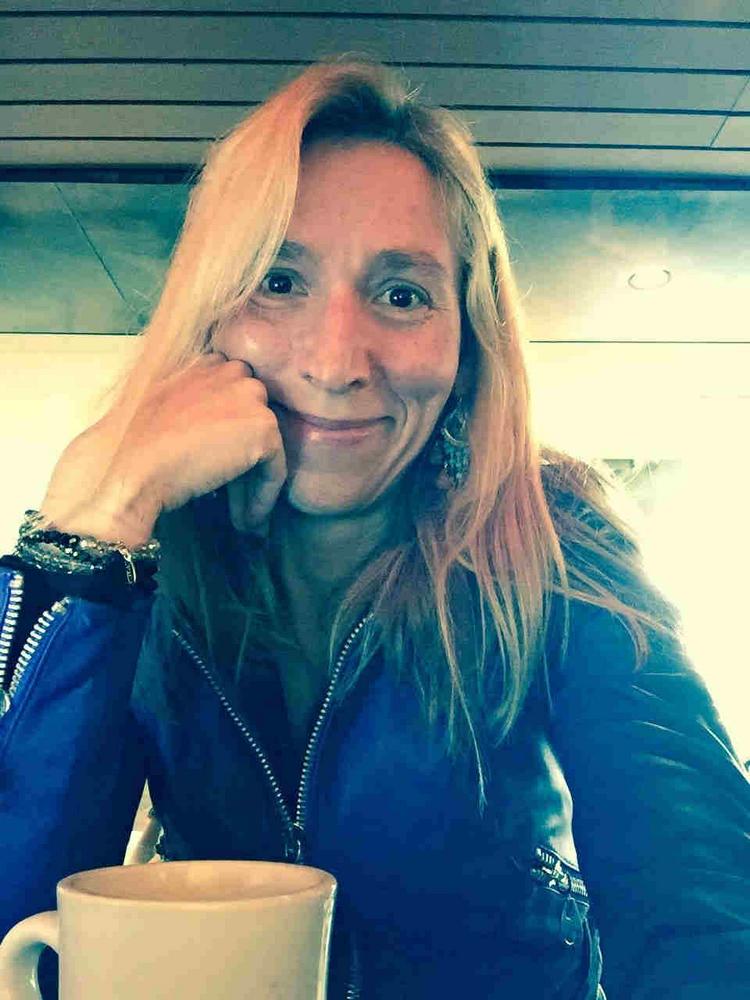
A few more facts about Marija:
What is your favorite thing to do in free time?
First of all, I have plenty of free time. Second of all it’s dance and specifically ballet. “I am always doing things I can’t do, that’s how I get to do them.” -Pablo Picasso-
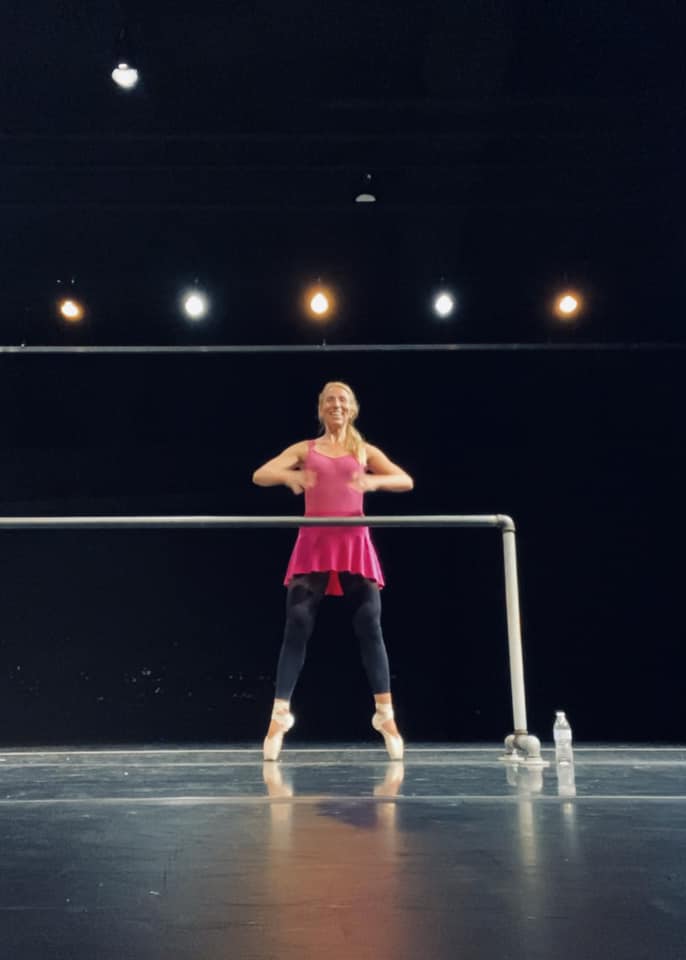
What do you like to do for fun?
I like swimming in the Adriatic Sea and enjoying Dalmatia.
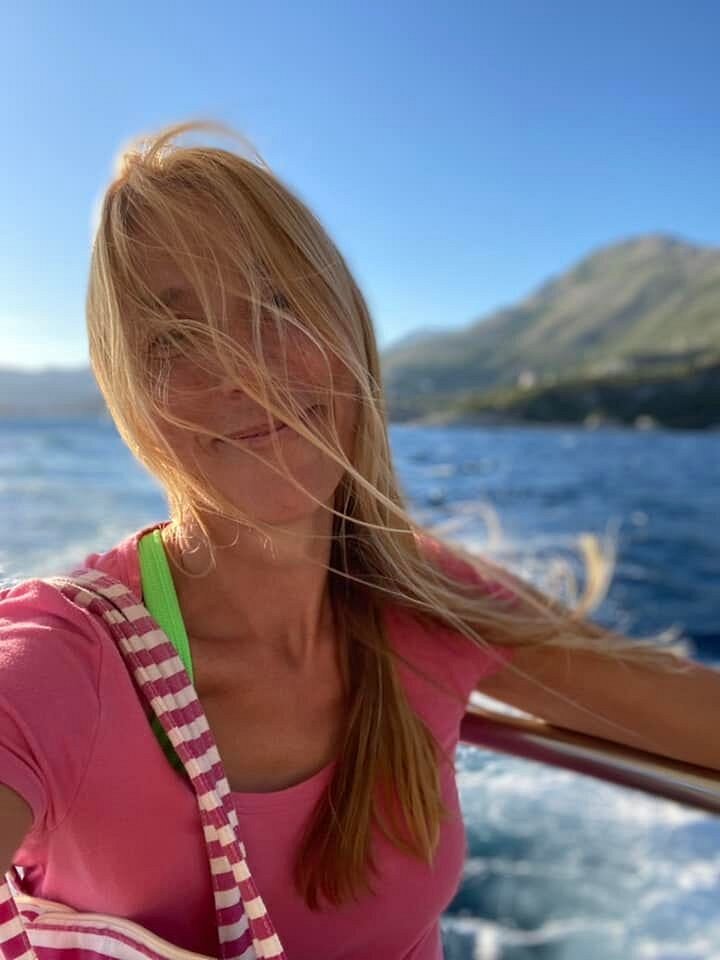
Why did you become a physicist?
I was good at it from early on in elementary school, so I stuck with it. Then I went to the Mathematical Gymnasium, went to physics competitions and so on, in Belgrade, which gave me excellent basis for building up knowledge later. I loved the certainty and comfort doing physics provided. Other than that, I could have ended up in many other professions – a lot is circumstance and cards we are dealt with. I was mostly attracted to the quantitative side of describing the world – the idea that equations and math have the power to describe various phenomena (of course if you like that kind of description) and that all this is reproducible (more or less). Of course, there are many ways to express oneself, math is only of them and it is important on the priority list of things. Another thing is that the language of physics is the same across the world, like it is the language of movement and dance in ballet. It is universal across the globe. Physics also allows me to travel and connect with people interested in similar things.
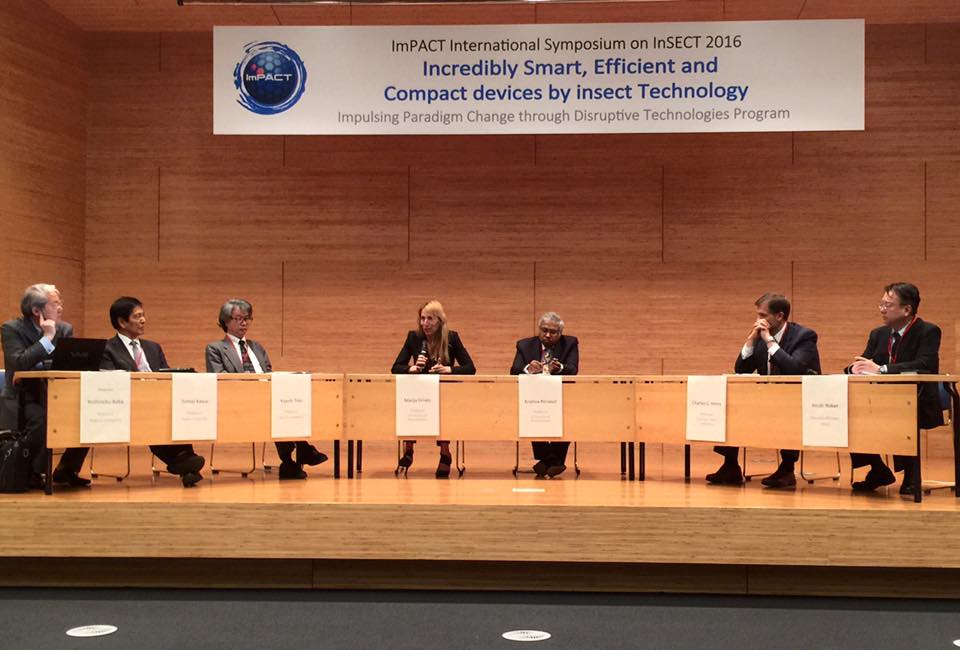
What is your vision for Goeppert?
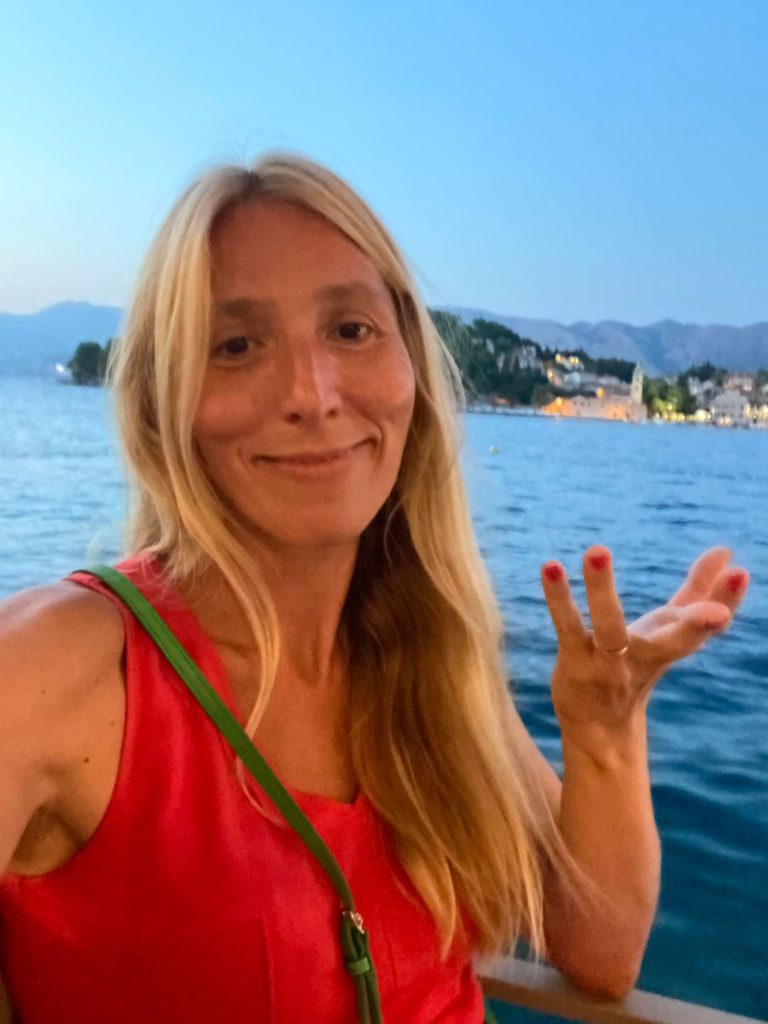
Whatever the vision is, it’s flexible and supple, like a ballerina. My time and focus are teaching and researching in my lab at Penn. However, I can dedicate one day per week here and there to mentor and advise Goeppert scientists. Goeppert scientists can study whatever they want and feel like. Right now, Goeppert focuses on quality work with distinct impact on advancement of science and technology. We work alongside others in industry and academia and push the frontiers of scientific innovation. One example of our small contribution includes advancement of nanopore sensors that Goeppert distributes to other researchers to facilitate their research work.
The Goeppert team has rich hands-on experience with nanofabrication, transmission electron microscopy (TEM) and nanopore measurements, and nanoelectronics measurements and previously addressed important nanopore technology questions. Goeppert has acquired growing experience with nanofabrication and materials growth and has been equipped with more labor and instruments as of the establishment.
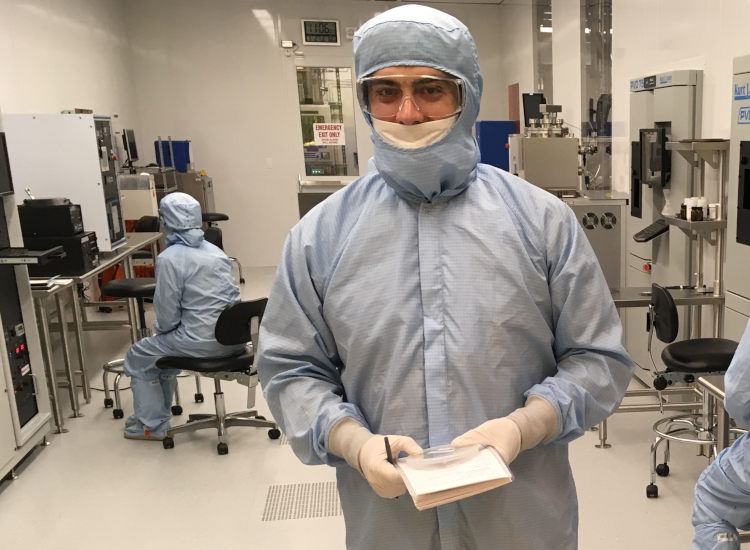
Some of the Facilities used in our work: Singh Center for Nanotechnology at the University of Pennsylvania:
